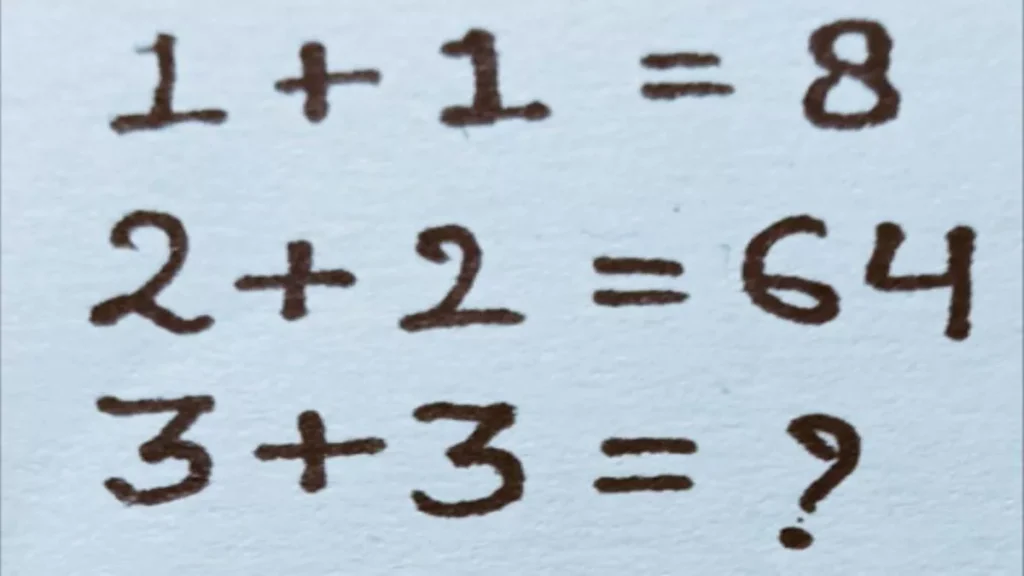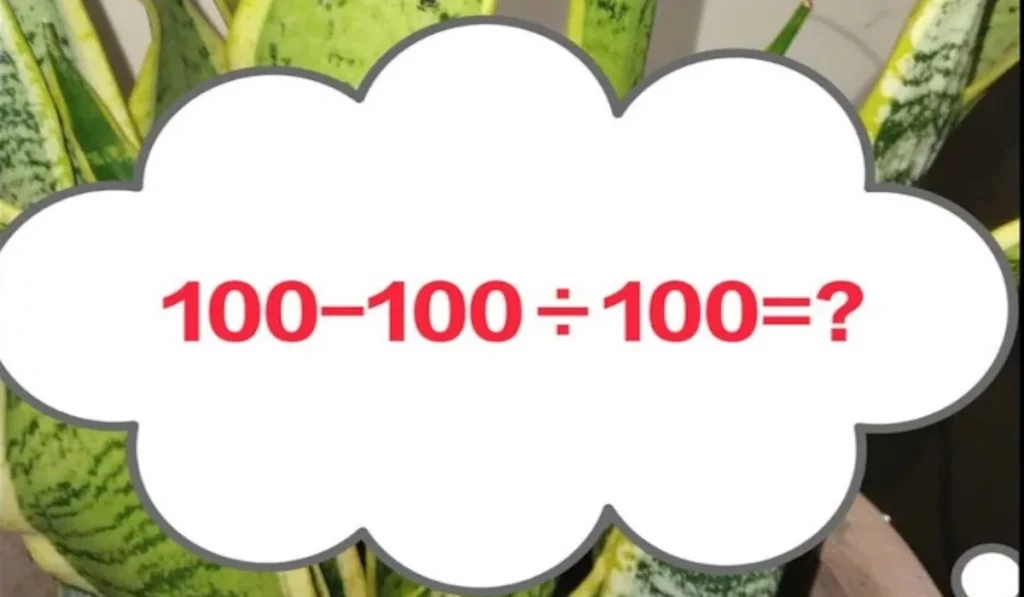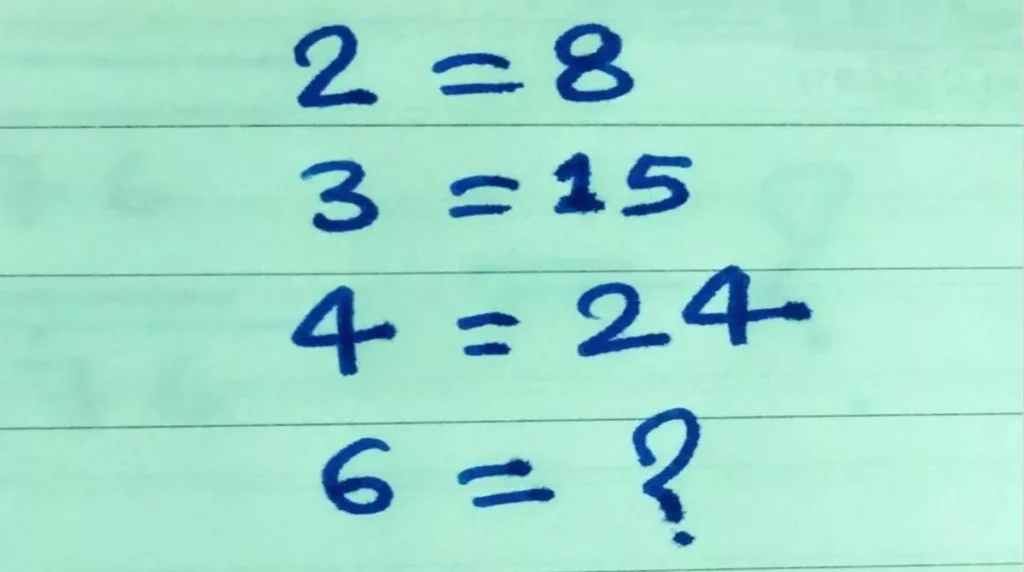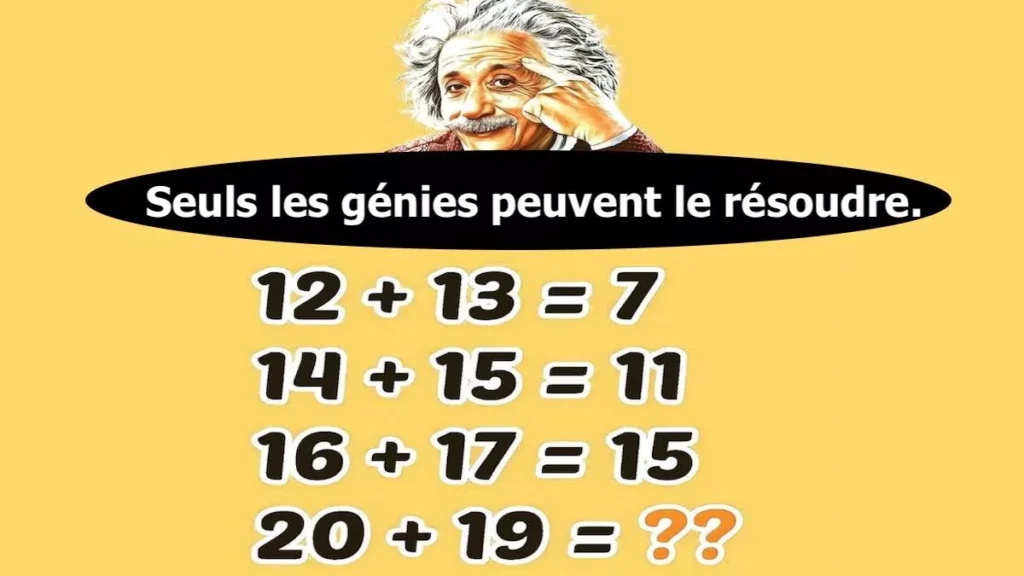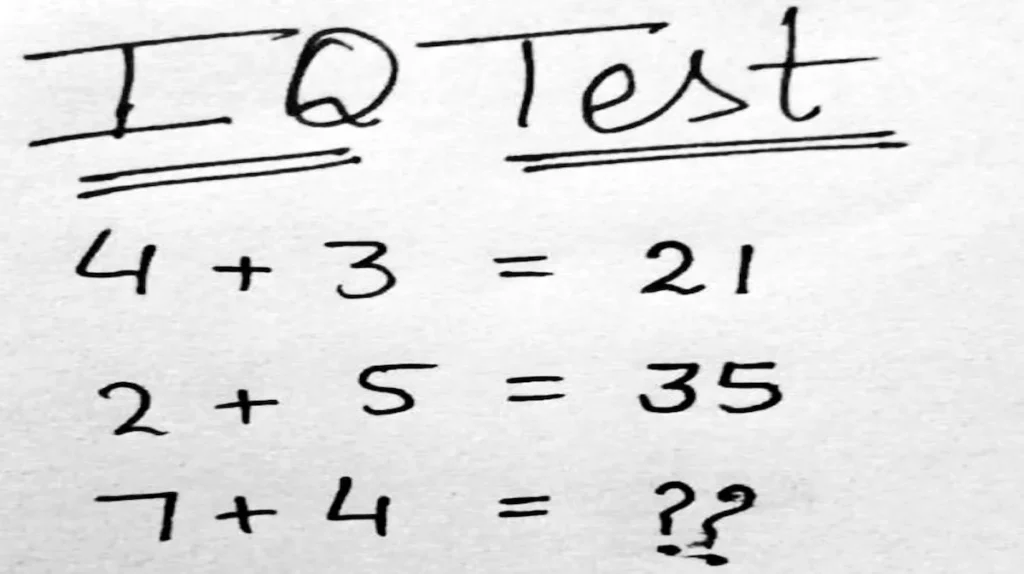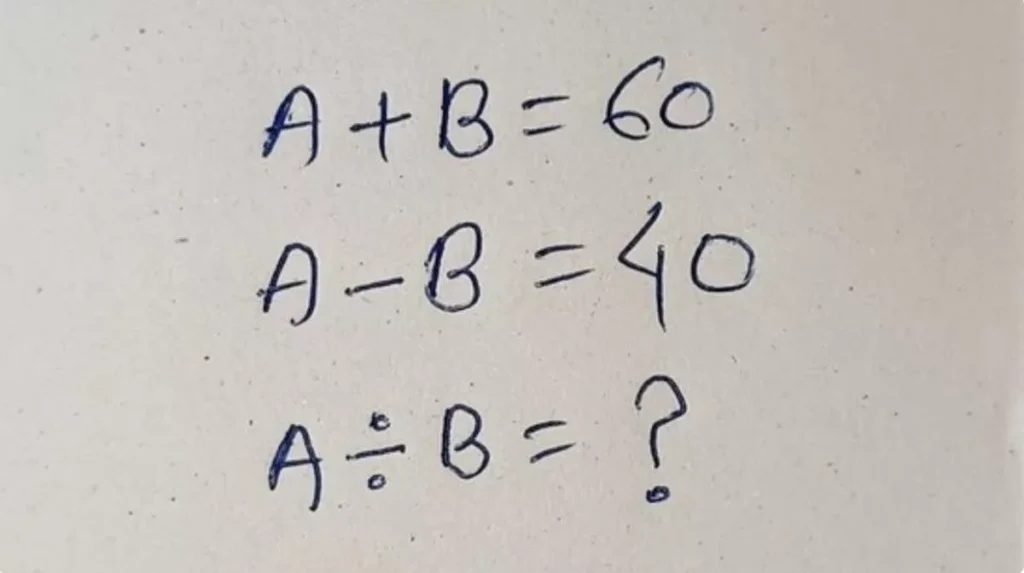A Mathematical Puzzle That Sparked Interest Online
A mathematical puzzle has caused a stir on the Internet, challenging users to decipher hidden patterns. Can you solve it? For many, math was just another subject in school: sometimes fun, sometimes frustrating. But with math puzzles, the experience is completely different.
These enigmas stimulate not only the mind but also provide a playful way to engage with numbers. If you enjoy riddles and logical challenges, we have something new for you!
A new puzzle has recently left internet users baffled.
The Riddle That Defies Logic
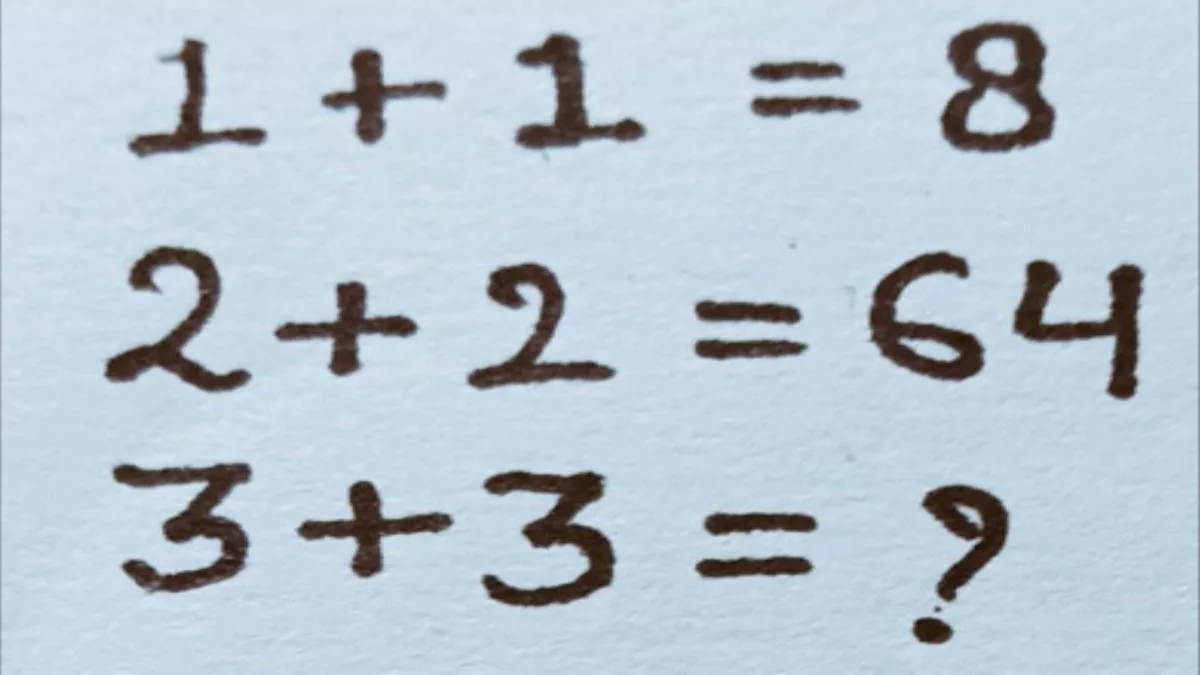
“1 + 1 = 8, 2 + 2 = 64, 3 + 3 = ?”
At first glance, the pattern may seem confusing, but that’s exactly what makes these puzzles so popular.
They encourage people to think beyond traditional arithmetic and to discover hidden logical sequences.
Not The First Time
This isn’t the first time a puzzle has raised so many questions on social media. A previous riddle had already generated considerable interest among internet users.
It stated:
“5 + 5 = 11, 6 + 6 = 14, 7 + 7 = 17, 8 + 8 = 20, 9 + 9 = ?”
These two puzzles sparked animated debates among users, with some attempting to decode the underlying pattern, while others simply enjoyed the challenge they represent.
Why Are Mathematical Puzzles So Popular?
The internet has a genuine passion for puzzles, and those involving mathematics seem to be gaining in popularity.
These riddles offer a unique blend of logic, pattern recognition, and problem-solving, making them appealing to a broad audience.
Many appreciate the satisfaction of solving a challenge, while others enjoy discussing the different approaches and possible theories.
With each new riddle, social media bursts into conversations, guesses, and moments of “eureka”.
Whether you’re a math enthusiast or just a challenge lover, these puzzles provide a fun and stimulating way to test your thinking skills.
Here’s The Solution We Found:
The Mathematical Riddle: “1 + 1 = 8, 2 + 2 = 64, 3 + 3 = ?”
At first glance, this riddle seems entirely irrational. However, there is a logic behind these equations. Here’s how to solve it.
Step 1: Identify a Common Pattern
Let’s take a closer look at each equation:
- 1 + 1 = 8
- 2 + 2 = 64
- 3 + 3 = ?
We can observe that the results do not follow the traditional rule of addition. In fact, 1 + 1 does not equal 8, and 2 + 2 does not equal 64 in conventional mathematics.
However, if we think differently, another logic might be at play.
Step 2: Deconstruct the Results as Powers
Let’s look at the results from a different angle. It seems that the results are powers of the numbers:
- 1 + 1 = 8: If we take 1 + 1 and raise 2 to the power of 3, we get 8 (since 2^3 = 8).
- 2 + 2 = 64: If we take 2 + 2 and raise 4 to the power of 3, we get 64 (since 4^3 = 64).
Thus, for each equation, the result seems to be the cube of the number obtained by adding the terms of the equation.
Step 3: Apply This Logic to “3 + 3”
Now, let’s apply the same logic to 3 + 3. We have 3 + 3 = 6. If we raise 6 to the power of 3, we get 216 (since 6^3 = 216).
Conclusion
The answer to “1 + 1 = 8, 2 + 2 = 64, 3 + 3 = ?” could thus be 216, as we utilized the logic of powers to solve the riddle.
And remember, if you don’t want to keep having fun with tests and challenges, don’t click here!

